Species Photo Gallery for Cyrtolobus fenestratus No Common Name |
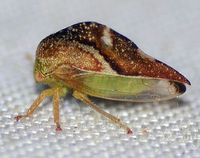 | Photo by: Paul Scharf
Warren Co.
Comment: Attracted to UV Light |  | Photo by: Paul Scharf
Warren Co.
Comment: Attracted to UV Light |
 | Photo by: Paul Scharf
Warren Co.
Comment: Attracted to UV Light | 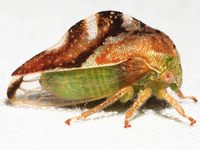 | Photo by: Ken Childs
Out Of State Co.
Comment: female |
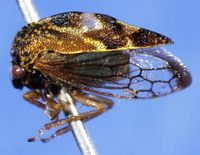 | Photo by: Matthew S. Wallace
Out Of State Co.
Comment: male | 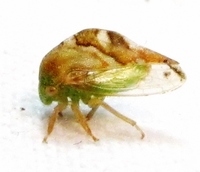 | Photo by: Ken Kneidel
Mecklenburg Co.
Comment: 6.4 mm female, stuck on a tree band on oak in residential area |
 | Photo by: Ken Kneidel
Mecklenburg Co.
Comment: 6.4 mm female, stuck on a tree band on oak in residential area |  | Photo by: Ken Kneidel
Mecklenburg Co.
Comment: 6.4 mm female, stuck on a tree band on oak in residential area |
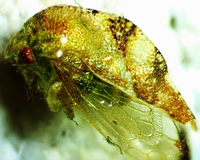 | Photo by: Ken Kneidel
Mecklenburg Co.
Comment: 5.3 mm male, on Willow Oak, Quercus phellos, stuck in Tanglefoot on a tree band, others of both sexes nearby to be submitted separately (dead) |  | Photo by: Ken Kneidel
Mecklenburg Co.
Comment: 5.3 mm male, on Willow Oak, Quercus phellos, stuck in Tanglefoot on a tree band, others of both sexes nearby to be submitted separately (dead) |
 | Photo by: Ken Kneidel
Mecklenburg Co.
Comment: 5.3 mm male, on Willow Oak, Quercus phellos, stuck in Tanglefoot on a tree band, others of both sexes nearby to be submitted separately (dead) | 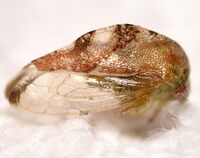 | Photo by: Ken Kneidel
Mecklenburg Co.
Comment: 5.3 mm male, on Willow Oak, Quercus phellos, stuck in Tanglefoot on a tree band, others of both sexes nearby to be submitted separately (dead) |
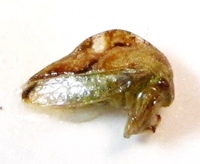 | Photo by: Ken Kneidel
Mecklenburg Co.
Comment: female on Willow Oak, Quercus phellos, stuck in Tanglefoot on a tree band, others of both sexes nearby to be submitted separately | 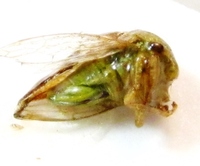 | Photo by: Ken Kneidel
Mecklenburg Co.
Comment: female on Willow Oak, Quercus phellos, stuck in Tanglefoot on a tree band, others of both sexes nearby to be submitted separately |
 | Photo by: Rob Van Epps
Mecklenburg Co.
Comment: Came to UV light. Suburban yard near woods. |  | Photo by: Rob Van Epps
Mecklenburg Co.
Comment: Came to UV light. Suburban yard near woods. |
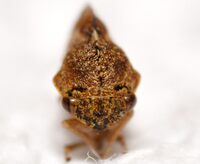 | Photo by: Rob Van Epps
Mecklenburg Co.
Comment: Came to UV light. Suburban yard near woods. |  | Photo by: Rob Van Epps
Mecklenburg Co.
Comment: Came to UV light. Suburban yard near woods. Male |
 | Photo by: Kyle Kittelberger
Wake Co.
Comment: | 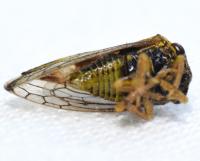 | Photo by: Kyle Kittelberger
Wake Co.
Comment: |
 | Photo by: Kyle Kittelberger
Wake Co.
Comment: | 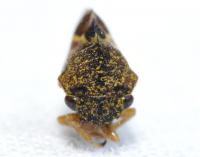 | Photo by: Kyle Kittelberger
Wake Co.
Comment: |
 | Photo by: Kyle Kittelberger
Wake Co.
Comment: | 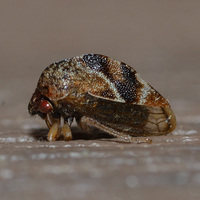 | Photo by: Margarita Lankford
Orange Co.
Comment: https://www.inaturalist.org/observations/75604665 |
 | Photo by: Margarita Lankford
Orange Co.
Comment: https://www.inaturalist.org/observations/75604665 |  | Photo by: Ken Kneidel
Mecklenburg Co.
Comment: 6 mm female stuck in Tanglefoot on a tree band on Quercus phellos |
 | Photo by: Ken Kneidel
Mecklenburg Co.
Comment: 6 mm female stuck in Tanglefoot on a tree band on Quercus phellos | 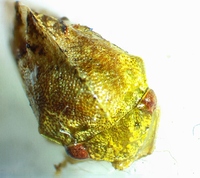 | Photo by: Ken Kneidel
Mecklenburg Co.
Comment: 6 mm female stuck in Tanglefoot on a tree band on Quercus phellos |
 | Photo by: Ken Kneidel
Mecklenburg Co.
Comment: 6 mm female stuck in Tanglefoot on a tree band on Quercus phellos |  | Photo by: Kyle Kittelberger
Wake Co.
Comment: |
 | Photo by: Simpson Eason
Durham Co.
Comment: |  | Photo by: Ted Wilcox
Watauga Co.
Comment: unid_treehopper |
 | Photo by: Ted Wilcox
Watauga Co.
Comment: unid_treehopper | 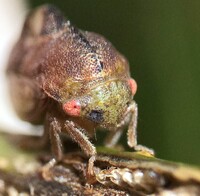 | Photo by: Ted Wilcox
Watauga Co.
Comment: unid_treehopper |
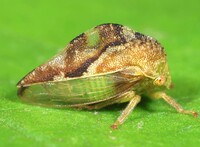 | Photo by: Rob Van Epps
Mecklenburg Co.
Comment: |  | Photo by: B. Bockhahn
New Hanover Co.
Comment: |
|

 »
»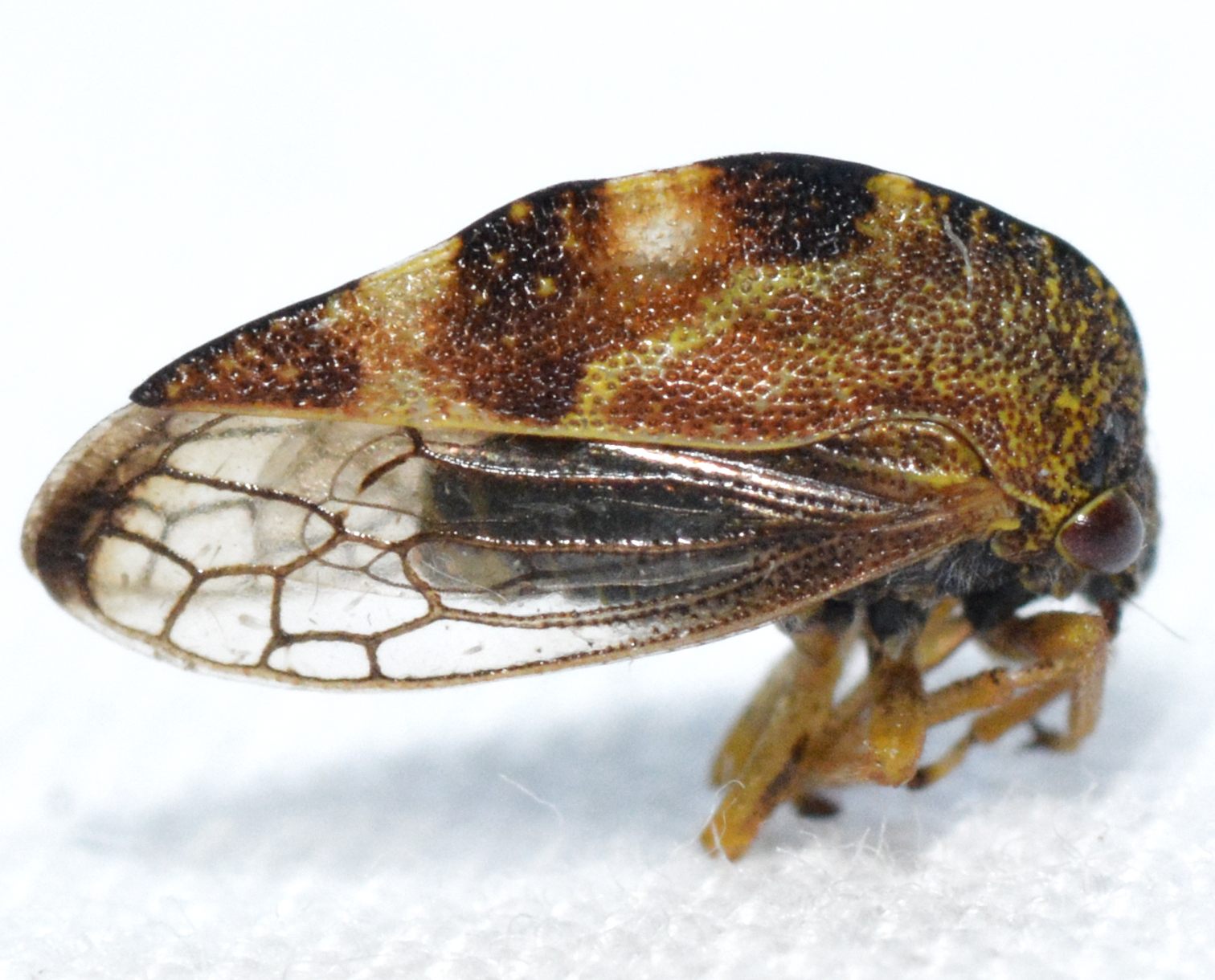


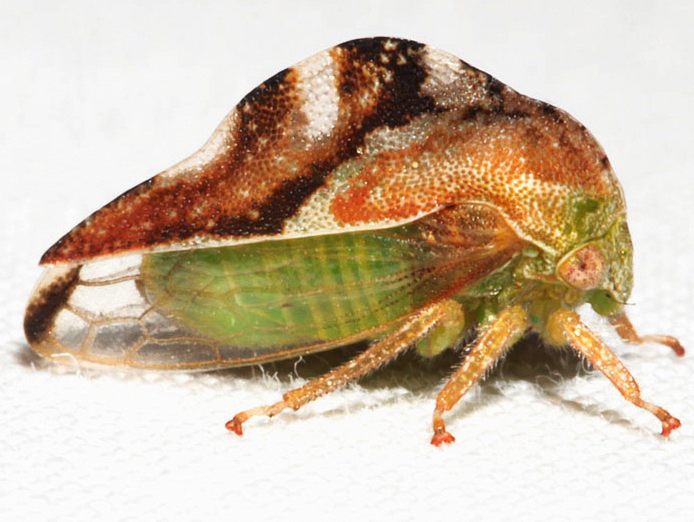

 »
»


